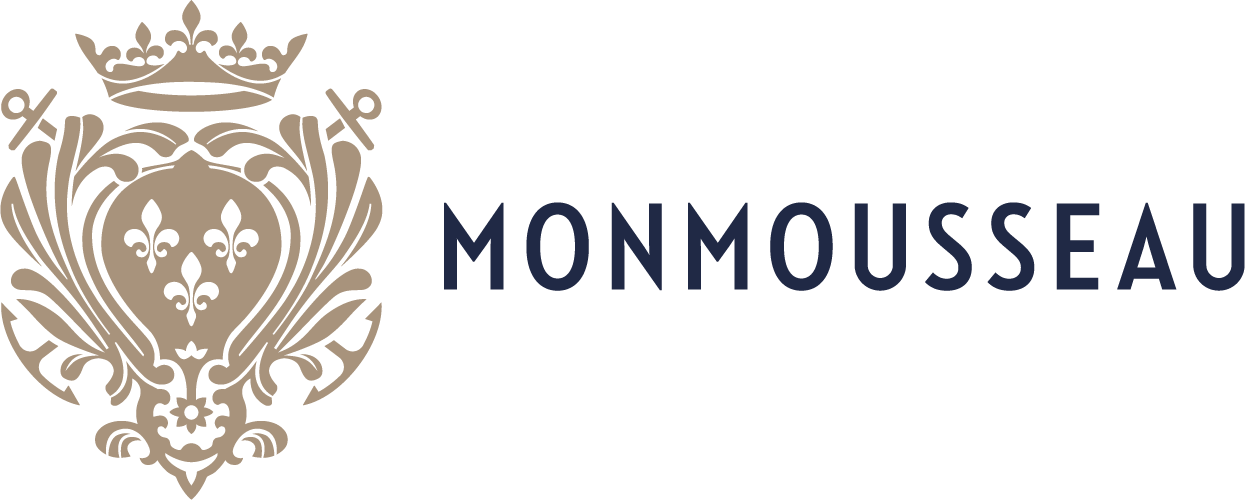Accueil » Presentation of Monmousseau » Over one hundred year’s experience » The traditional method
The traditional method
Fine sparkling wines
The wines are elaborated according to traditional techniques combined with Monmousseau’s expertise. These uniquely made wines are produced following a maturing period of at least 12 months and even sometimes 2 or 3 years to fully express their aromatic potential and taste.
The « traditional method » entails carrying out a second bottle fermentation, during which the sugar is transformed into alcohol and then into carbonic gas.
Harvesting
In view of ensuring top quality wines, we monitor the grapes used to make them. The harvest of our varieties, essentially Chenin blanc (pineau de la Loire), Chardonnay, Pinot noir, Pineau d’Aunis, Cabernet France. The vinification of the musts ends at the end of October and the wines are then aged on fine lees.
We guarantee an irreproachable quality of grapes.
- A network of must suppliers with whom we have also signed long term contracts. Our partners are selected according to the local nature of their terroir, their grape growing expertise, and the standard of quality of their equipment.
- A strict checklist controlling the use of vineyard treatments and harvesting techniques.
- An investment in the latest winegrowing material, most especially thermo-regulated stainless steel vats, thereby optimizing the winegrowing conditions.
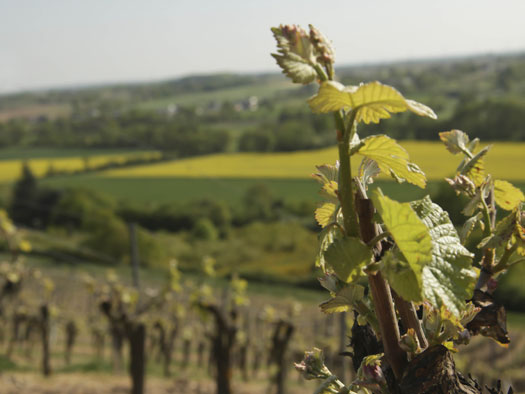
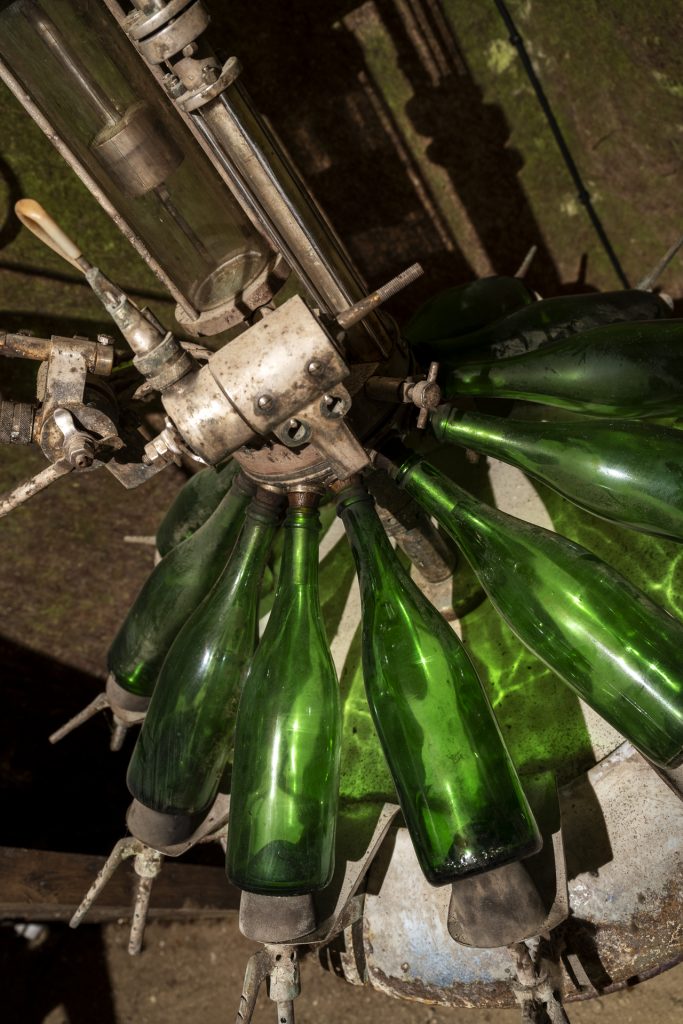
Bottling
Following the maturation on lees, the wines are blended according to the desired aromatic profile, then obtain a protein and tartaric stabilization. Before bottling, a final filtration guarantees the microbiological stability of the wine.
During the bottling process, a liqueur is added by our cellar master (a mixture of sugar and selected yeast). This second fermentation in the bottle, well controlled, will guarantee the taste quality of our fine bubbles.
Creating bubbles
Once the special liqueur that creates bubbles has been added before closing the bottles with a wire capsule, the wines are then placed in our troglodytic cellars which benefit from a constant temperature of 12°C and a hygrometric level of 80% all year around. They are stored horizontally for about 4 months. This period produces a second alcoholic fermentation during which the yeast and sugar slowly transform into alcohol and carbonic gas. Once the fermentation is over, the wine is left to mature for 9 to 24 months or even more when it comes to prestigious wines.
This technique results in products with a unique character underscored by fine and elegant bubbles. The deposit that appeared during the second fermentation also gradually disappears during the maturing period and the wine develops its bouquet, with round and supple aromas.
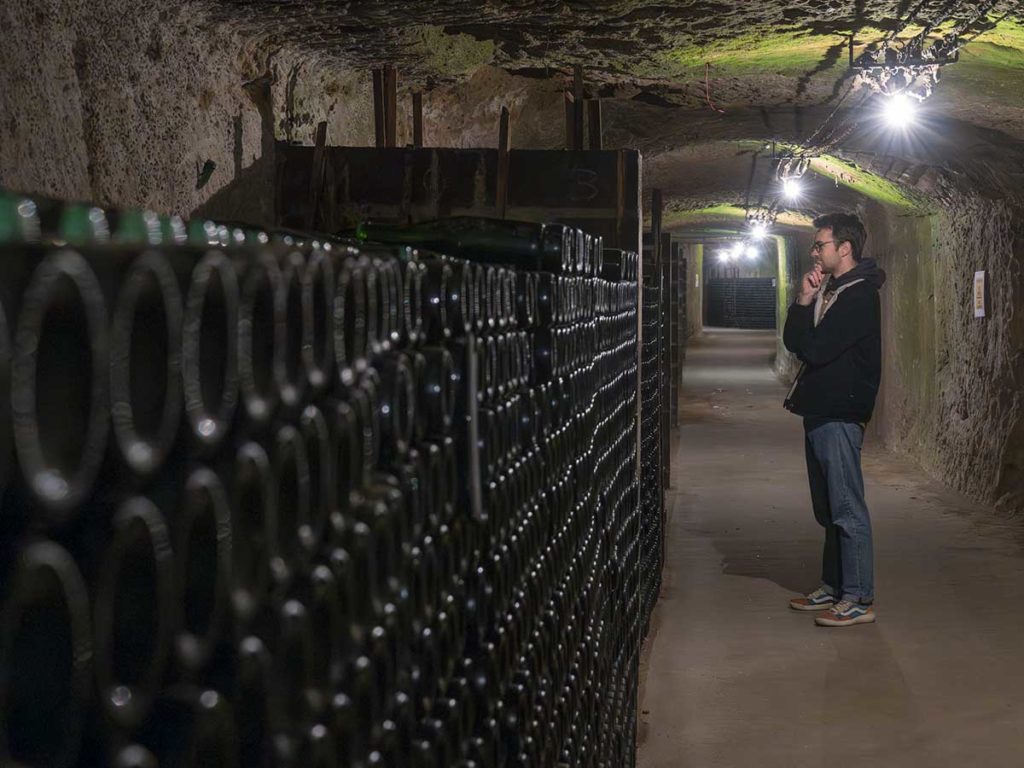
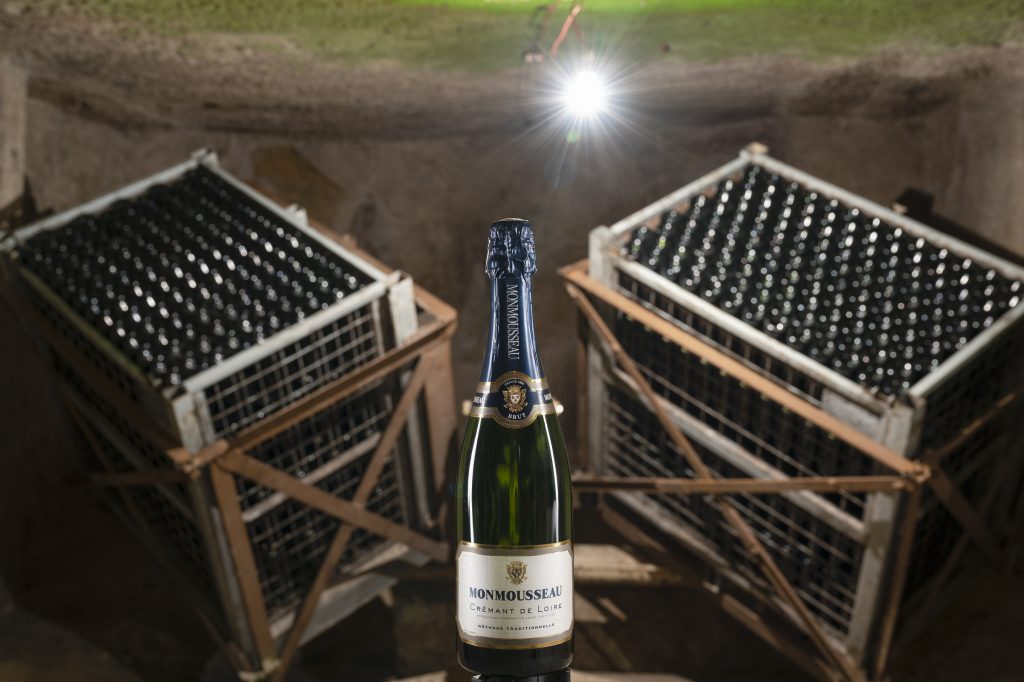
Riddling
Riddling is a technique transferring the deposit down into the neck of the bottle. Two methods are used to this end :
- the ancestral method which involves putting the bottles on a stand and placing them head down one by one. ( 120 bottles )
- Mechanical riddling on gyropallet ( 1040 bottles )
These two techniques produce similar results in terms of quality.
During the riddling, the bottles are placed in a horizontal position, and then simultaneously turned and tilted until reaching a vertical position, thereby allowing the deposit to slide down into the neck of the bottle.
Storing upside down
The bottles are stocked upside down in order for the deposit to make its way entirely into the neck against the capsule. This period lasts a couple of months and allows the wine to further mature.
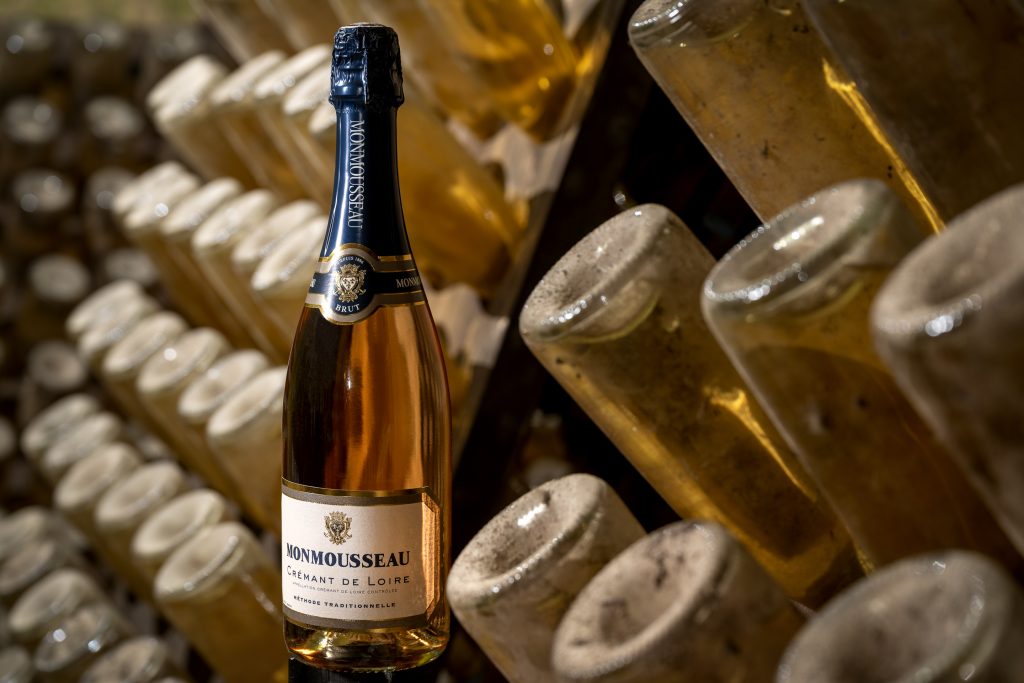
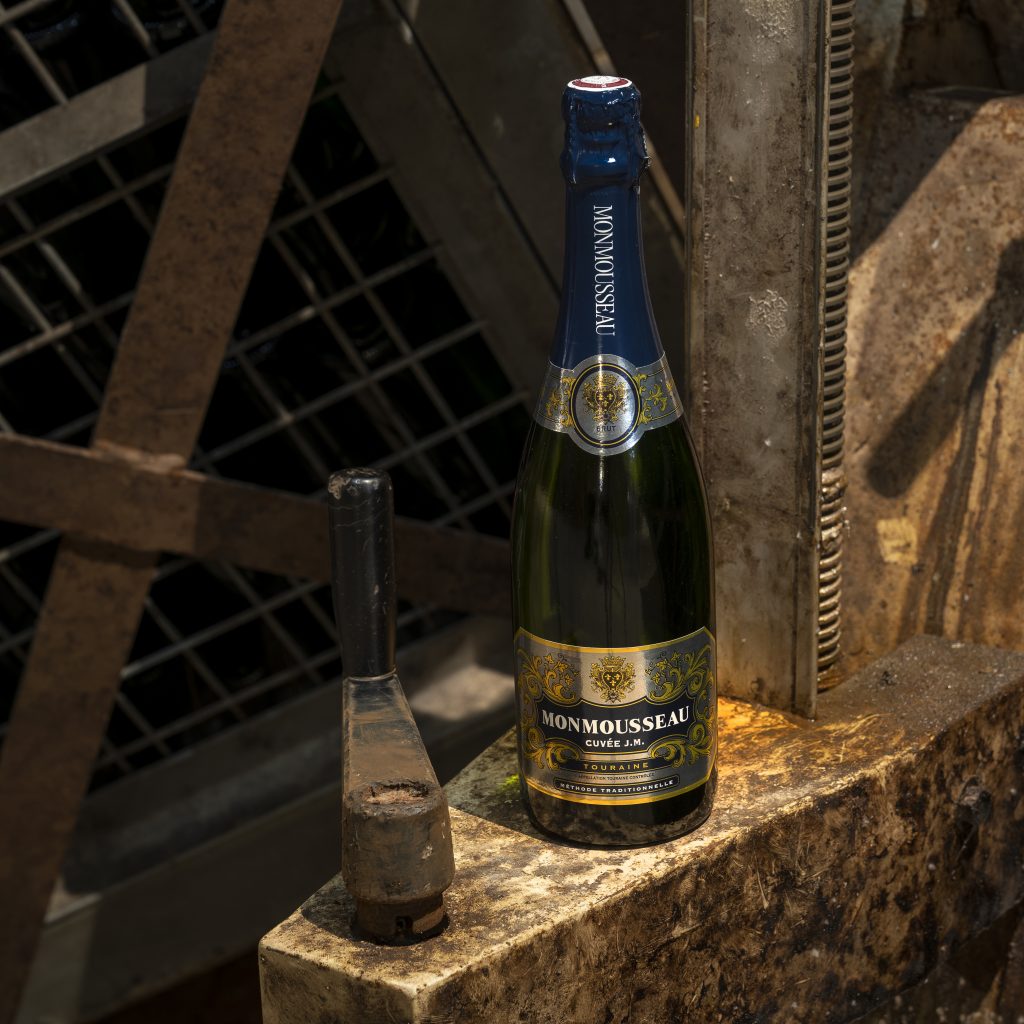
Disgorging
This step entails removing the bottle’s deposit and adding “liqueur d’expédition”.
- the closed bottles are placed upside down with the neck in a refrigerated solution at minus 25°C
- after about 10 minutes, a ice cork forms in the neck thereby capturing the deposit
- the bottle is automatically placed on the line, put into an upright position and opened. Under the pressure, the ice cork is ejected, thereby eliminating the deposit from the bottle.
- the lost volume is topped up by the “liqueur d’expédition”. This liqueur is important in determining the wine’s style. Depending upon its composition it will produce either a brut, extra brut, dry or semi-dry wine.
The bottles are then corked, closed with wire and stocked in a horizontal position for several months at a constant temperature. After that, they are then dressed up to the nines for shipment with a last final cork, a wire hood, a label, a gold-colored foil and a neck label.
